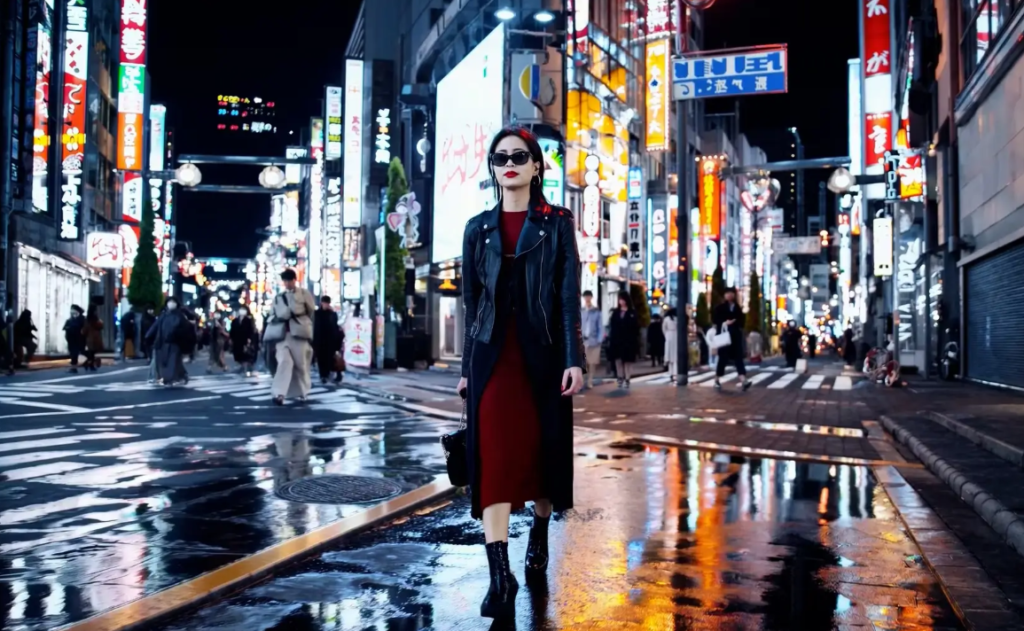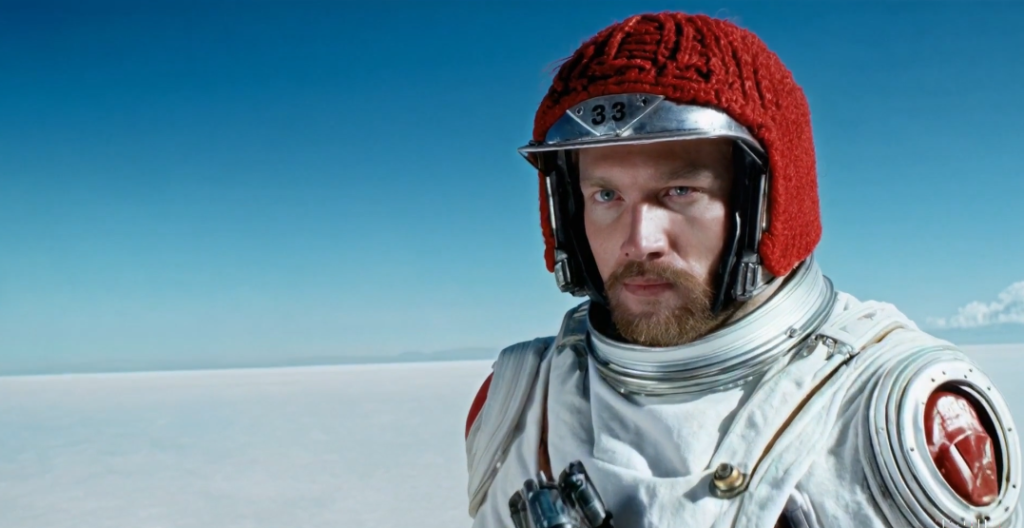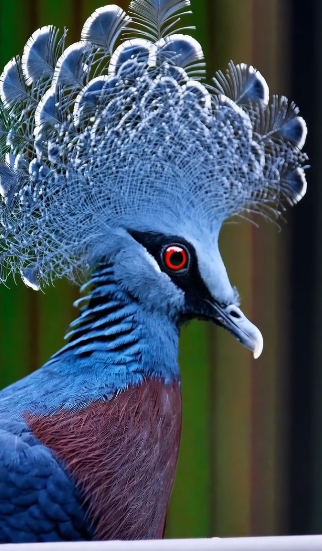Understanding OpenAI SORA and its impact on various industries
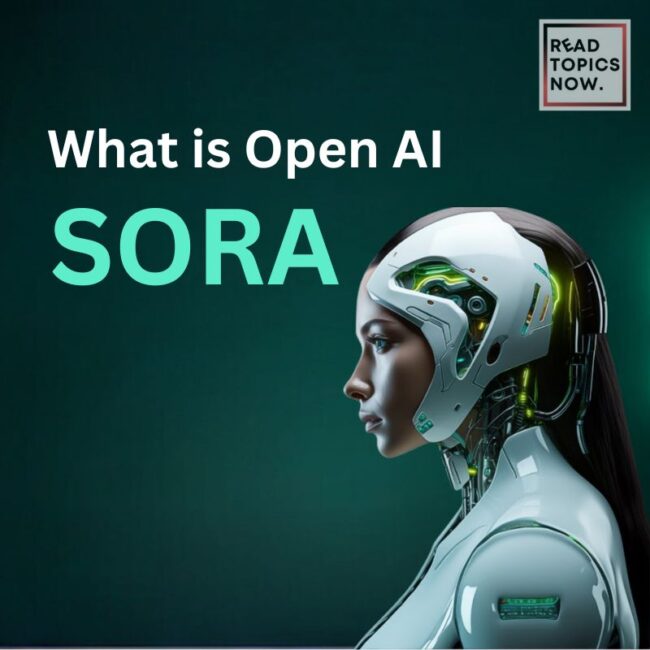
How OpenAI Sora is going to change the Video Industry
There are various types of filmmaking, cinematography, and acting skills that makes a video or film worth watching , but imagine an artificial intelligence technology that comes and impacts these industries. OpenAI’s Sora is something you should know about.
In this blog, Read topics now will tell you what OpenAI Sora is, when it was released, who can access it, and if Sora AI is available for use. Let’s start understanding this groundbreaking AI tool that has the potential to change the world of videos and movies forever. You might be thinking “What is SORA OPENAI?”
Do you know what is OpenAI Sora?
Sora is an advanced AI model that has the ability to create imaginative and realistic scenes from a text prompt. This technology is a text-to-video converter. OpenAI worked on this technology that can simulate real-world motion to solve real-world problems through interaction.
Sora is an OpenAI text-to-video model that can generate a 60-second video while maintaining the best video quality as per the user prompt. For example, (click on the images to watch the video)
Source: OpenAI
Sora created this video from a single prompt. Just look at the detailing and clarity of the subject. If we don’t tell you that this is AI-generated, you won’t believe that it is not man-made. Let’s see another example.
Source: OpenAI
A movie trailer was made using a simple prompt: “30-year-old man wearing a wool-knit motorcycle helmet, in the salt desert…” Just look at the realistic frame as if it were shot by a Sony A7 with a 35-mm lens at 120 fps. All this was made while sitting on a chair with the help of Sora AI.
Source: OpenAI
This video was also created with a single prompt. Imagine what Natgeo and wildlife photographers had to go through to capture such an amazing video. But now these wildlife videos can be created with OpenAI Sora.
Fact- OpenAI Sora was introduced to the world in February 2024.
Open artificial general intelligence is changing lives in many aspects. AI tools such as Sora, Dalle-E, and ChatGPT are making things easier to create. All you need is the right prompt and some knowledge of your domain.
Before Sora, people used to think that AI was a world of mystery. In contrast, people of different ages are using AI for image creation, content generation, and now text-to-video.
Some Challenges with OpenAI Sora
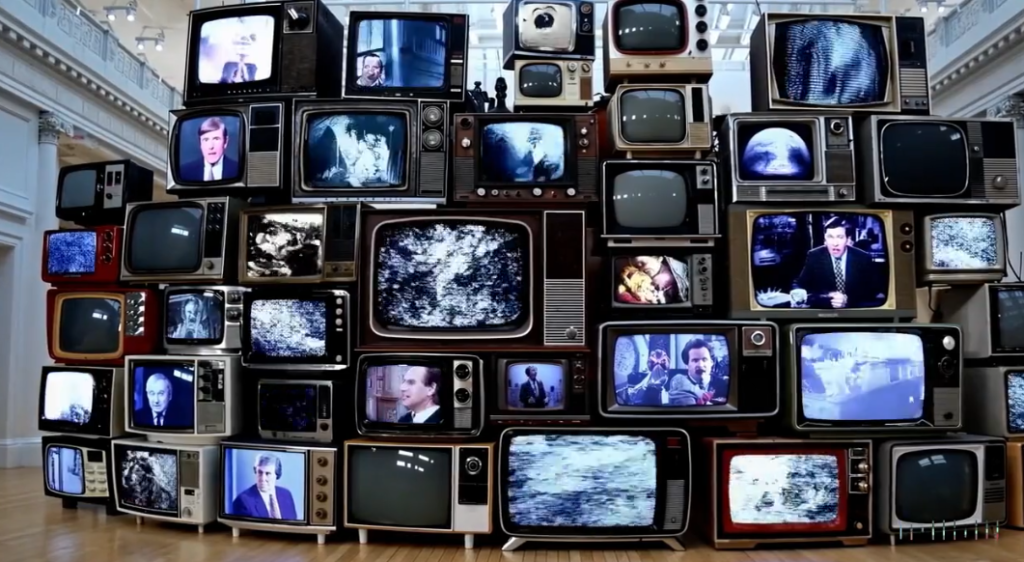
In recent videos that were created by Sora, we can see that music and sound effects were not in sync. In some videos, gravity was working against the laws of physics. These small issues can be barely seen at a glance. Hence, videographers and video editors are talking about the quality of Sora videos.
What is Llama AI?
Llama AI stands for Large Language Model Meta AI. LLAMA is an auto-regressive language model that depends on the transformative architecture. The aim of llama was to assist researchers in finding issues such as biases, the generation of harmful content, and risks.
What is the future of OpenAI Sora?
The videos that are circulating on the internet, made by Sora, are just the tip of the iceberg. Things will get better with time, and we will see a whole new world of videos. People can change the ending of their favorite movie as per their preference. One can create world-class animated movies with realistic experiences while sitting in a 1BHK flat.
It is aptly said “seeing is not believing“. Sora will be a thing that can create everything. But, somehow, it can be scary if it is not controlled by ethics and laws. This is only our view. Sora has certain pros and cons for various individuals and industries.
Is OpenAI Sora free?
There are a number of free AI generators for image creation, and they are basically available to everyone, but in the case of Sora, limited access is available. OpenAI Sora is not available to the general public and is accessed only by red team members ( special teams who are shortlisted by OpenAI). Few designers, filmmakers, and visual artists are also getting limited access so that they can give valuable and constructive feedback for the development of Sora.
It has limited access because it is in the beta stage, and once all the useful changes are implemented, it will be made available for free as ChatGPT.
Is Sora safe?
Text-to-video AI platform Sora is something new, and it is important that safety be maintained throughout the use of the AI platform. OpenAI is serious about the safety and usage of this kind of platform to control cyber crime, such as deep fakes. One of the steps they are taking is that the video generated will not be of any living human being, such as an actor or politician.
As per some news, OpenAI is taking safety measures regarding the creation of adult content. All these use cases are being tested in the beta version.
Sora AI will impact which industry?
With great power comes great responsibility. Sora AI may impact some industries in the future, but it is not sure until we see the ground reality.
1. Drone and videography industries
Since open artificial intelligence Sora can create drone shorts with specific videography techniques, it may cause some damage to drone shooting and videography companies. The Bureau of Labor Statistics presented data that shows a videographer usually gets $62,000 per year, which is a decent amount. But if Sora takes over these industries completely, which is not possible now, then some videographers can lose their jobs.
2. Camera lens-making company
Imagine you can create a stock video with a micro lens or a 35 mm lens just by typing a text. Sora can disturb camera lenses, making industries total revenue. But again, it is just a speculative move; nobody can predict the future 100% accurately.
3. Movie industry
With AI tools like Sora, the movie industry will definitely see some changes. Therefore, scenes of natural places or monuments can be created with ease. This will result in budget cuts and faster production.
4. Animation industry
As per some reports, there are around 2.1 million animators right now, and that number is estimated to grow to 2.7 million by the year 2027. The average salary of an animator is around $75,000. We can see some changes in this industry since AI-generated animated videos can be the next big thing.
Other TV commercials and stock footage companies will also experience some vibrations.
What will happen to the economy?
If OpenAI’s Sora is used by everyone, then we can see certain industries and professional jobs eliminated. But the question will arise:
- What will be done to counter the unemployment rate?
- Who will be involved, and how will the supply chain work?
- Who will pay the loans of these people?
- What will be the effect on the country’s GDP?
What are the limitations of OpenAI Sora?
- Motion consistency of the generated video.
- It lacks detail in creating human body parts such as fingers.
- It may take a good amount of time to create a detailed video.
FAQs: What is OpenAI Sora and how to use it?
- When will it be available for the general public?
There is no specific time given by the OpenAI team, but once the testing is done, it might be available to the general public.
- Will OpenAI have the monopoly on text-to-video AI converters?
We don’t think they will have a monopoly; other companies might jump into the technology soon.
- What are some other image creation AI platforms
Leonardo ai, open AI Dall-E 2 image generation, midjourney artificial intelligence are some of the prominent text-to-image AI generator.
Conclusion
The impact of open artificial intelligence (AI), various AI tools(AI chatbots, AI images generator), and generative artificial intelligence (GenAI) is evident in the realm of text-to-video converters. In addition. with the use of various AI image generators, advanced AI technology, and AI and machine learning technologies, companies like Google and OpenAI are transforming text-to-video conversion to a great extent.
Furthermore, OpenAI is utilizing machine learning, data science, and the knowledge of AI experts to bring the first text-to-video conversion to the general public.
Leave your valuable feedback and topics you want us to write about.
Related Posts
Get Curated Post Updates!
Sign up for my newsletter to see new photos, tips, and blog posts.

I blend engineering prowess with MBA insights, embracing life with perspective and imagination. My mantra? ‘Get busy living or get busy dying.’ Fascinated by tech, geopolitics, AI, sports, cinema, and jazz.

